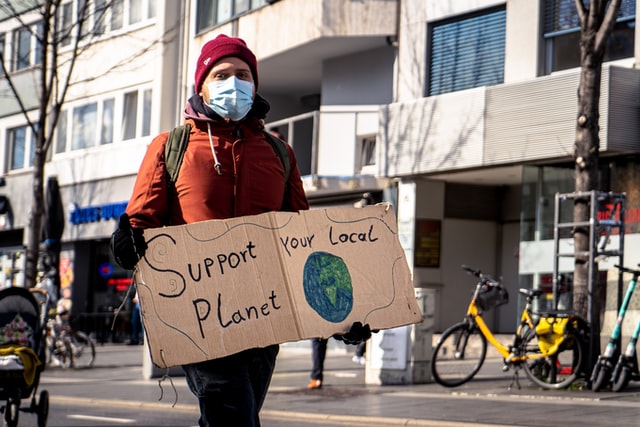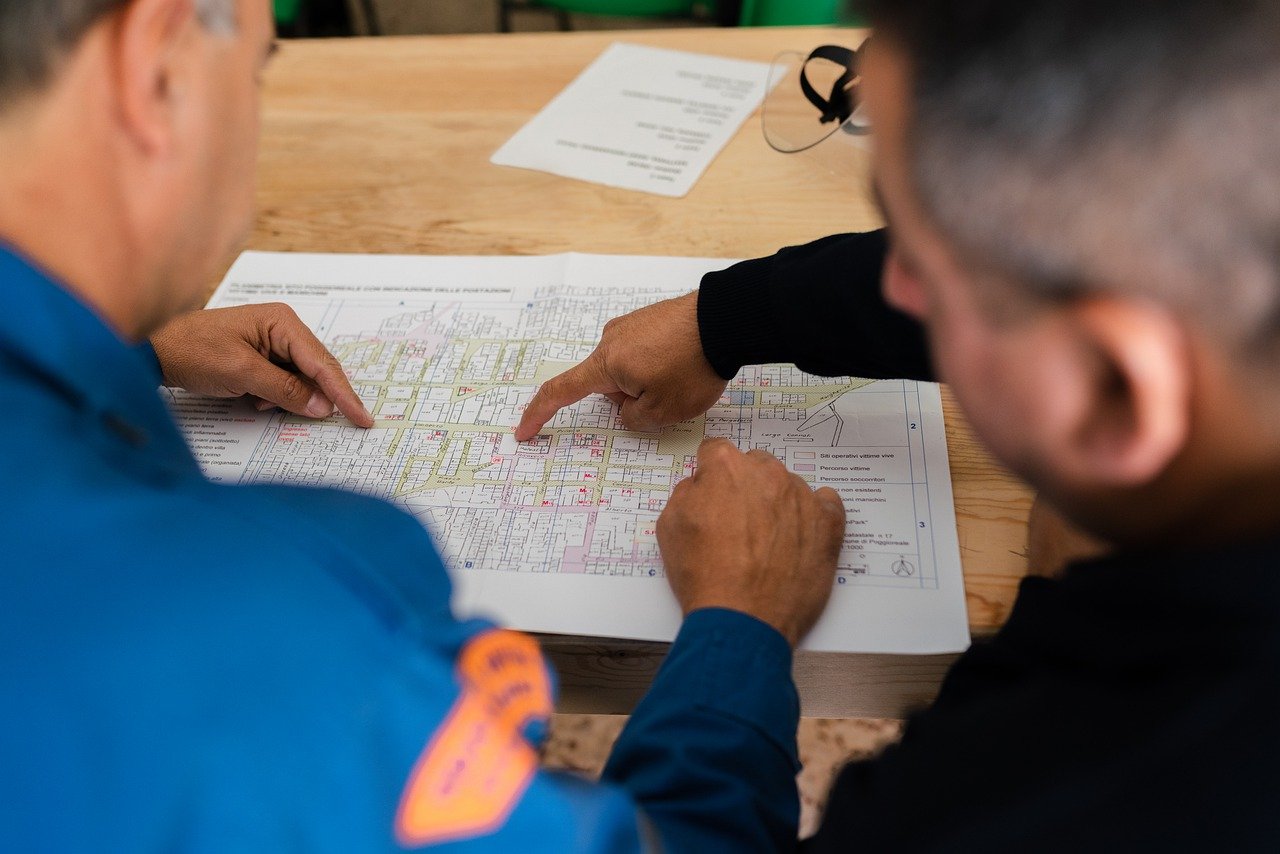Few documents are as important to commissioning providers as the Owner’s Project Requirements (OPR), it is our building block, our map and compass used to navigate the project to success from pre-design to occupancy. It's obvious this is an important document to us at Cx Associates, too. A search of our website resulted in three full pages of hits of the acronym. We’re know this document inside and out, from developing them, to reviewing pre-existing OPRs, to gently reminding contractors and designers that the document exists, but until about a year ago there was only one way around an OPR.
.jpg?width=312&name=you-x-ventures-Oalh2MojUuk-unsplash%20(1).jpg) Historically, the OPR has been a big deal for Cx Associates, perhaps even an ordeal? Not an ordeal in the sense that we dreaded doing them, but more that it was a lot of effort. Just to get to the session we need to wrangle stakeholders to be in one place at the same time, and we need to find a place to seat said stakeholders. We need to prep the projector, put the easel in the tote bag, assemble the colored markers, buy the massive sticky notes, and do extensive finger stretching to prepare for the furious handwritten notetaking that is about to occur. All this (and more) has to happen before we even get to the session itself!
Historically, the OPR has been a big deal for Cx Associates, perhaps even an ordeal? Not an ordeal in the sense that we dreaded doing them, but more that it was a lot of effort. Just to get to the session we need to wrangle stakeholders to be in one place at the same time, and we need to find a place to seat said stakeholders. We need to prep the projector, put the easel in the tote bag, assemble the colored markers, buy the massive sticky notes, and do extensive finger stretching to prepare for the furious handwritten notetaking that is about to occur. All this (and more) has to happen before we even get to the session itself!
Last year as the world hunkered down to avoid the pandemic, many types of work ground to a halt and others morphed into some semblance of ‘Groundhog Day’ stuck at home only seeing coworkers, family, and friends through the (mostly) lovely videoconferencing platforms. This all slowly became normal and worked for the most part for most people. We adapted as much of our business as possible to the new normal, which included our bedrock, the OPR. Gone were the innocent days of cramming 10-50 people in a room together and vigorously sharing our perspectives on what the project needs. We had to adapt if we wanted to continue doing this work during the pandemic. It took some ingenuity and an internal OPR process at Cx Associates driven by the social and racial justice movement that spurred us to action last year, which we held during the summer of 2020. This internal OPR session was a little clunky and we didn’t quite finish it in the allotted time, but we learned it could be done, and with some simple improvements, done well. Since then, we have refined our process and can say we’ve completed several OPR sessions for clients remotely. Our process now utilizes one of the videoconferencing solutions we have all grown accustomed to. We can solicit input from people from anywhere in the world that has a strong internet connection and a computer with a mic and webcam. We’re able to solicit input as we did before, and we now record it on a cloud-based spreadsheet that all attendees have access to. Attendees vote right in the spreadsheet in live time, like we used to do in-person, and then the spreadsheet tells us which responses were the highest ranked by the stakeholders. This saves time and money for our clients as we’re able to save on travel time. We don’t have to spend nearly as long preparing the paper materials for the meeting or distilling the handwritten notes into digital format later. This is a huge win for the commissioning process since it makes the OPR less costly and therefore more attainable for clients on a tight budget.
It took some ingenuity and an internal OPR process at Cx Associates driven by the social and racial justice movement that spurred us to action last year, which we held during the summer of 2020. This internal OPR session was a little clunky and we didn’t quite finish it in the allotted time, but we learned it could be done, and with some simple improvements, done well. Since then, we have refined our process and can say we’ve completed several OPR sessions for clients remotely. Our process now utilizes one of the videoconferencing solutions we have all grown accustomed to. We can solicit input from people from anywhere in the world that has a strong internet connection and a computer with a mic and webcam. We’re able to solicit input as we did before, and we now record it on a cloud-based spreadsheet that all attendees have access to. Attendees vote right in the spreadsheet in live time, like we used to do in-person, and then the spreadsheet tells us which responses were the highest ranked by the stakeholders. This saves time and money for our clients as we’re able to save on travel time. We don’t have to spend nearly as long preparing the paper materials for the meeting or distilling the handwritten notes into digital format later. This is a huge win for the commissioning process since it makes the OPR less costly and therefore more attainable for clients on a tight budget.


